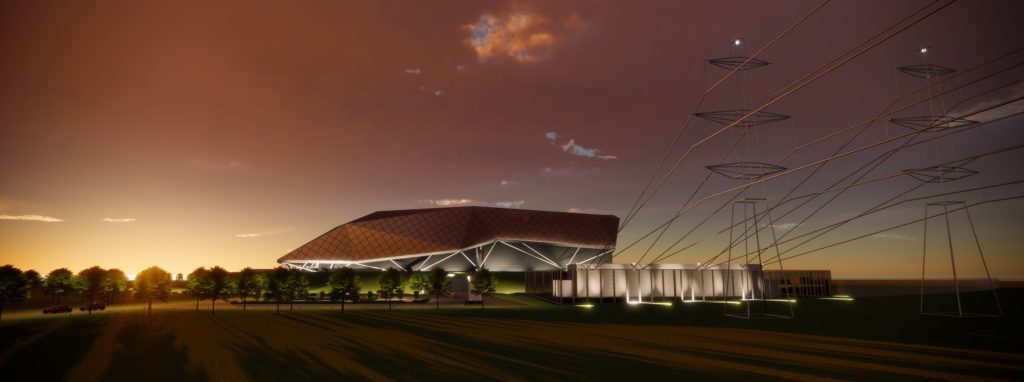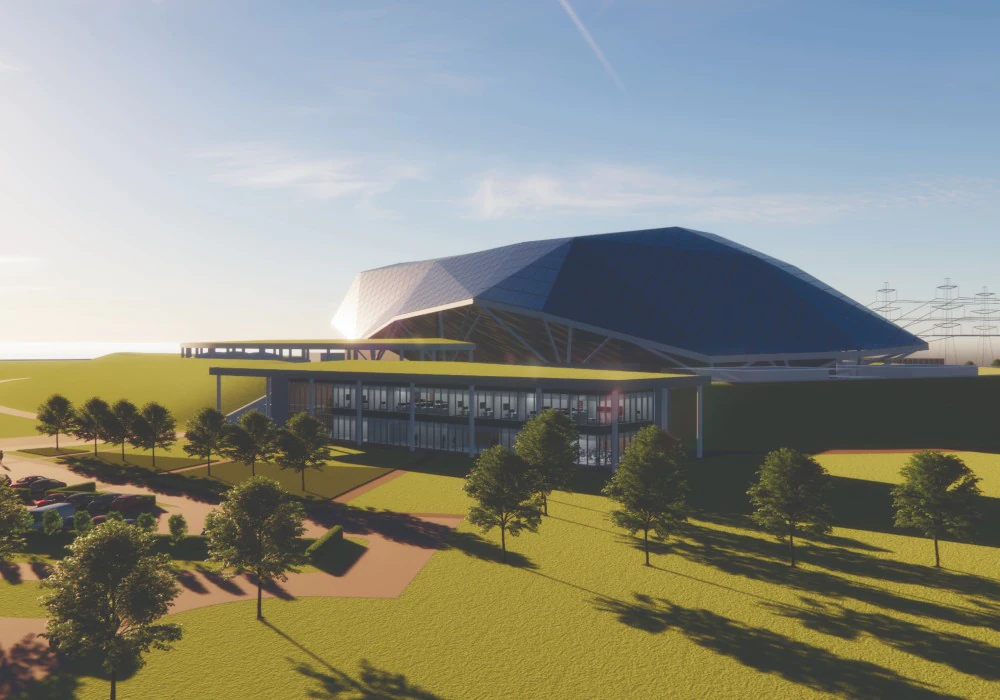A Rolls-Royce-led consortium creating a compact nuclear power station, or small modular reactor (SMR) has revealed its latest design with increased power.
The consortium is aiming to be the first design to be assessed by regulators in the second half of 2021 in the newly-opened assessment window, which will keep it on track to complete its first unit in the early 2030s and build up to 10 by 2035.
The consortium has secured at least £210m funding and this is enough to unlock matching taxpayer funding to bring the first SMR or small nucs closer to reality, reports the DailyTelegraph.
As the power station’s design has adjusted and improved during this latest phase – with more than 200 major engineering decisions made during this latest phase – the team has optimised the configuration, efficiency and performance criteria of the entire power station, which has increased its expected power capacity, without additional cost, from 440 megawatts (MW) to 470MW.

With a focus on continuing its progress at pace, the UK SMR team is transitioning from being a collaborative consortium to a stand-alone business, which will deliver a UK fleet of power stations to become a low carbon energy bastion alongside renewables, while securing exports to make the power station a key part of the world’s decarbonisation toolkit.
The power station’s compact size makes it suitable for a variety of applications, helping decarbonise entire energy systems. Each power station can supply enough reliable low carbon power for around one million* homes, or be used to power net zero hydrogen and synthetic aviation fuel manufacturing facilities, desalination plants or energy intensive industrial sites.
Tom Samson, CEO of the UK SMR consortium, said: “Nuclear power is central to tackling climate change, securing economic recovery and strengthening energy security. To do this it must be affordable, reliable and investable and the way we manufacture and assemble our power station brings down its cost to be comparable with offshore wind at around £50 per megawatt-hour.
“As we reach the end of our first phase, I’m proud that our team has designed a product that can be commoditised to provide the scale required to be a key part of the world’s decarbonisation efforts.
“We are ready to go and hope to be first in line to start the rigorous Generic Design Assessment process in the Autumn of this year.”

In the UK the power station programme is forecast to:
- Create 40,000 regional UK jobs by 2050
- Generate £52 billion of economic benefit
- Have 80% of the plant’s components sourced from the UK
- Target an additional £250 billion of exports – memoranda of understanding are already in place with Estonia, Turkey and the Czech Republic
- Cost initially £2.2 billion per unit dropping to £1.8 billion by the time five have been completed
- Operate for at least 60 years
The consortium members feature the best of nuclear engineering, construction and infrastructure expertise in Assystem, Atkins, BAM Nuttall, Jacobs, Laing O’Rourke, National Nuclear Laboratory, Nuclear Advanced Manufacturing Research Centre, Rolls-Royce and TWI.
The power stations will be built by the new UK SMR business, before being handed over to be operated by power generation companies.
In November 2020 the consortium signed a Memorandum of Understanding with US giant Exelon Generation to pursue the potential for Exelon Generation to operate compact nuclear power stations both in the UK and internationally.
Rolls-Royce www.rolls-royce.com




